EIA: record US natural gas demand this winter led to largest storage withdrawal in four years
Green Car Congress
JUNE 7, 2022
Net withdrawals of natural gas from US storage totaled 2,264 billion cubic feet (Bcf) this winter (November 2021 through March 2022). During the heating season, natural gas must be drawn from storage to meet this excess of demand over supply. On average, demand for natural gas in the United States exceeded supply by 14.9

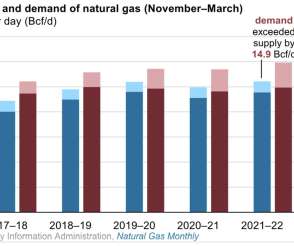







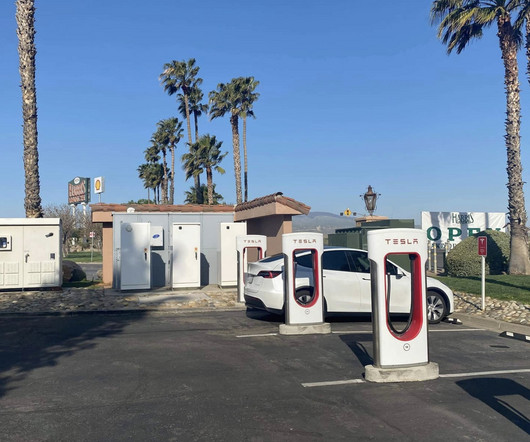
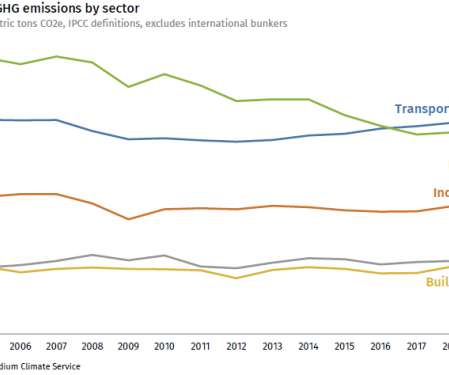





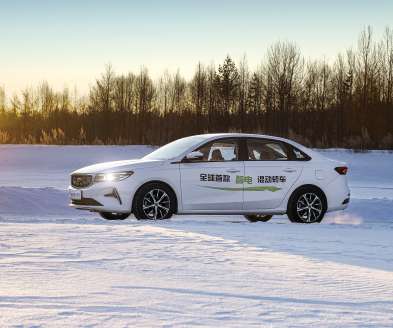




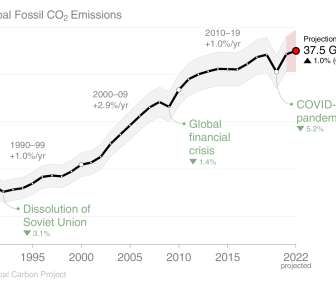
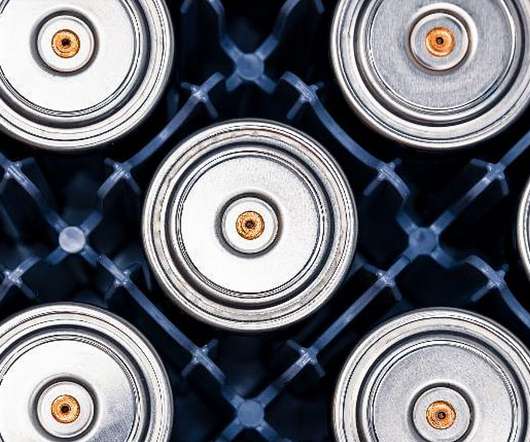





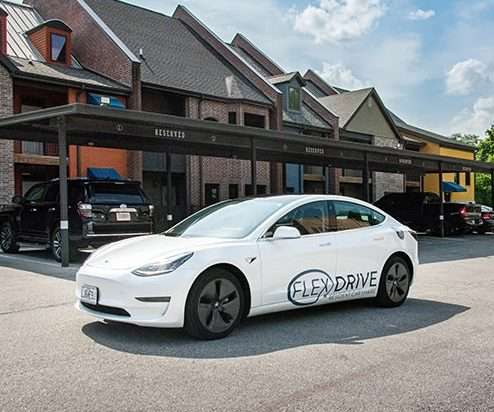










Let's personalize your content